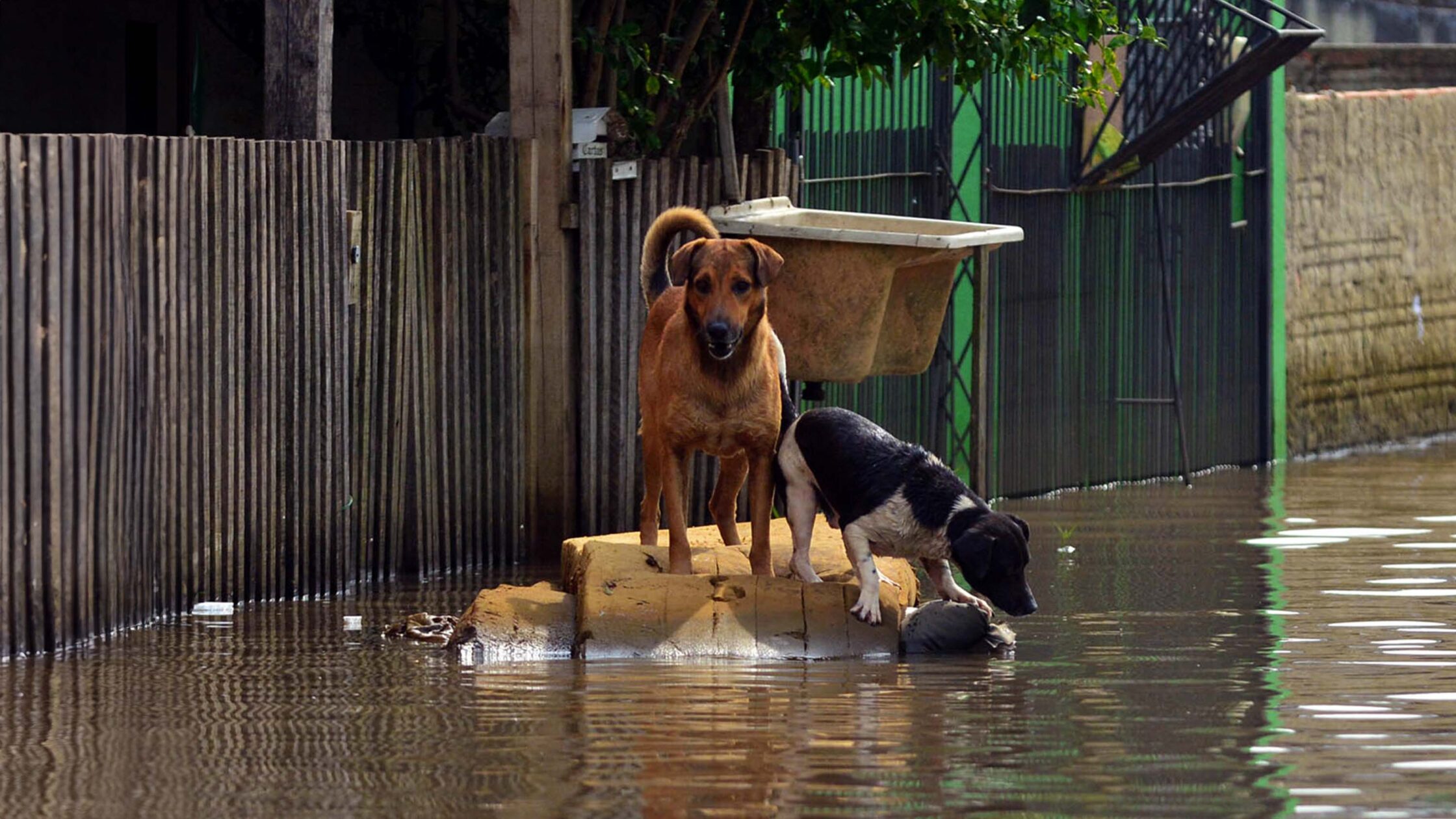How To Rescue Stranded or Displaced Stray Animals
Stray animals or displaced fur babies are one of the biggest casualties during a typhoon. Here’s how we can rescue them if we find them in our homes.
We’ve always been warned about the diseases stray animals can bring but, let’s be honest: these little critters are probably more scared of us than we are of them. Terrified, cold, and wet, stray animals will bring in disease if we don’t rescue them for a nice check-up and cleaning. Besides, we might find ourselves a furever friend who’ll melt our hearts and make things lighter this rainy season.
A lot of times, stray cats, dogs, puppies, and kittens are often hiding in piles of debris, rubble, or even cars. Here’s how we can bring them to safety:

1. Approach them slowly, no loud voices.
Stray animals are more vigilant than our indoor furbabies. Often exposed to the dangers of the street, they’re already distrustful of humans and we don’t know if some people out there were cruel enough to kick them, throw something at them, or even throw them! So, to start, keep the footsteps light and voice low — keep a good distance of at the most a meter so that they can see you.
2. If they’re under debris, be very gentle and steady when removing debris.
If you’re a surgeon or the family’s all-time winner at Jenga, now’s the time to put those skills into use! Have someone accompany you so they can be the ones to remove the debris on top of them. Although we know these stray animals see it as a shelter, it’s not an ideal one. Bound to collapse any minute and a potential site for germs, carefully dismantling it not only makes it easy to clear out the germs and possible obstructions in draining the floodwater.
3. Have a box or an eco bag ready.
We’ll have to transport the stray animals somehow. And while a box is ideal, an eco bag with a cardboard plate can suffice as their temporary transport to the vet. In the box, we can also have a towel and an old stuffed toy so they can feel cozy and warm as we bring them to the vet to check them out.
4. Have kibble or rice on hand.
Puspins and aspins are famous for not being picky with their meals. Especially stranded stray animals, they don’t know when they’ll get their next meal. Having a bit of rice or leftover chicken can coax them out. Sometimes, the best way out for them is the same way they came in.
5. If you have another pet at home, keep them in a separate room.
We would all like to rescue stray animals but sometimes, our furbabies can be a tad territorial. But by keeping our stray rescue animals in another room, they won’t feel so threatened. In most cases, these will be kittens or puppies so they can’t get very far. However, we do suggest keeping them in a room with little to no small spaces they can squeeze into. It’ll save us the trouble of crawling under the bed to scoop them out.

After rescuing these stray animals and furbabies, call in the professionals!
When we rescue these stray animals, our goal is simple: to save them and keep them comfortable until more qualified help arrives. The qualified help includes volunteers from pet shelters like PAWS or CARA Welfare Philippines who probably have a vet on standby to treat any diseases. And if we’ve fallen in love with our stray rescues, they can help with the adoption process too!
Human families are not the only ones who lose something when a typhoon hits. Even stray animals who fight for survival and even dream of a day they’ll have a warm and cozy furever home. And if we can’t foster them, at least don’t make life harder for them by hurting them. Like many of us who have lost a lot to typhoon Carina, so did they.
If there’s a stray animal or furbaby who needs help and we need the professionals, call CARA Welfare Philippines at (02) 8532 3340.
More about furbabies or typhoons?
Things Families Should Know About La Mesa Dam
Brace Yourselves, Typhoon Carina is Coming!
Here’s How To Move Your Furbaby To Your New Home









